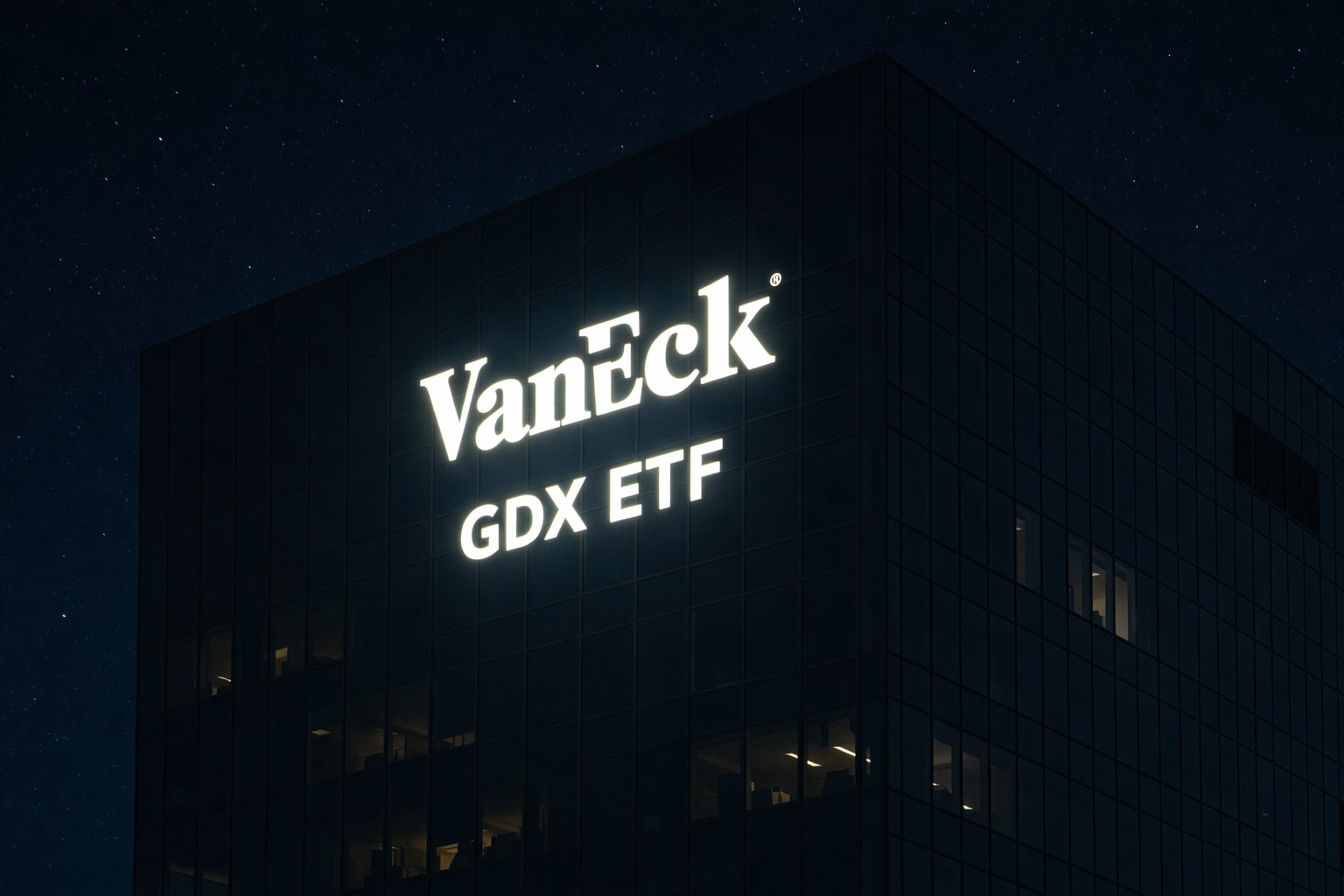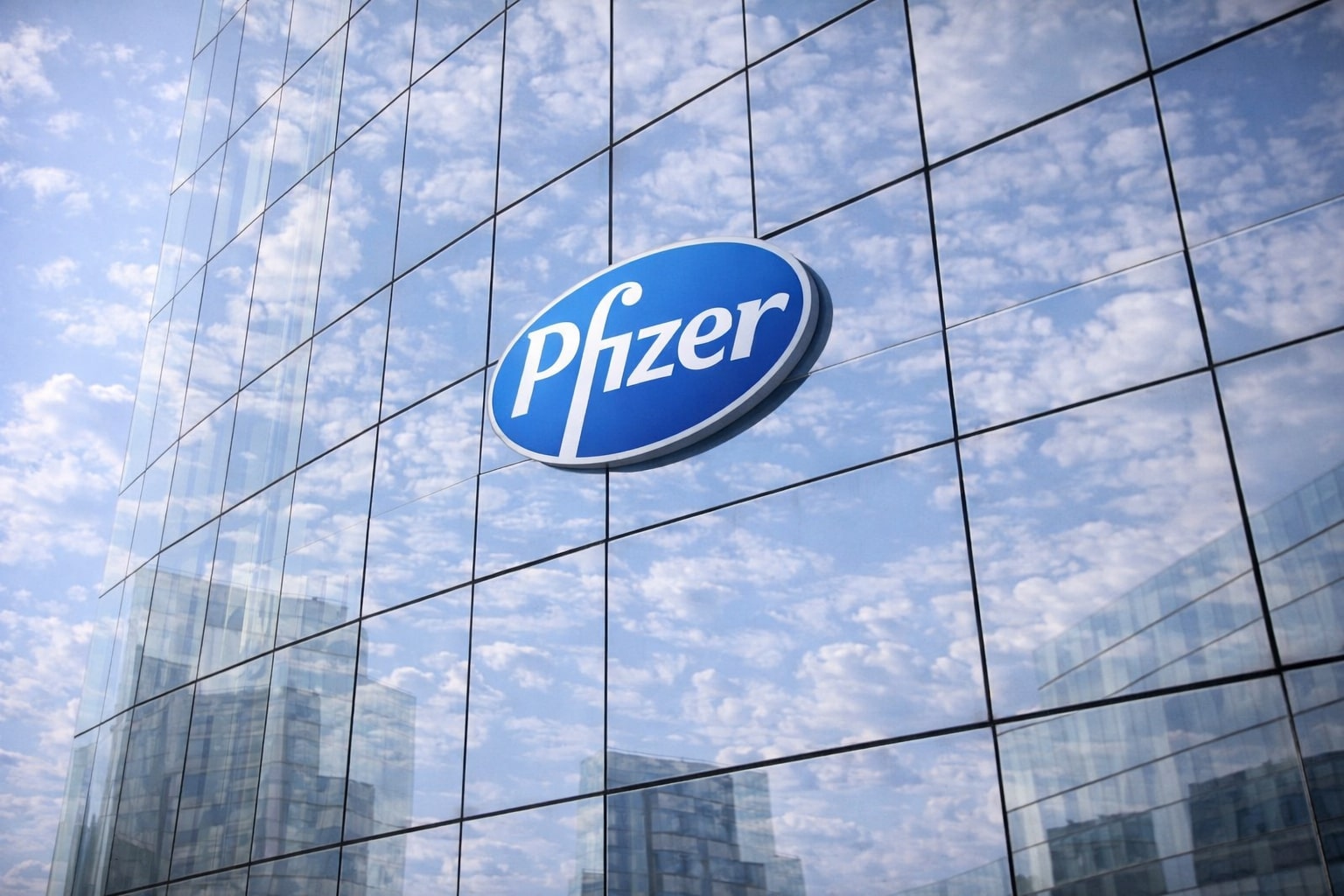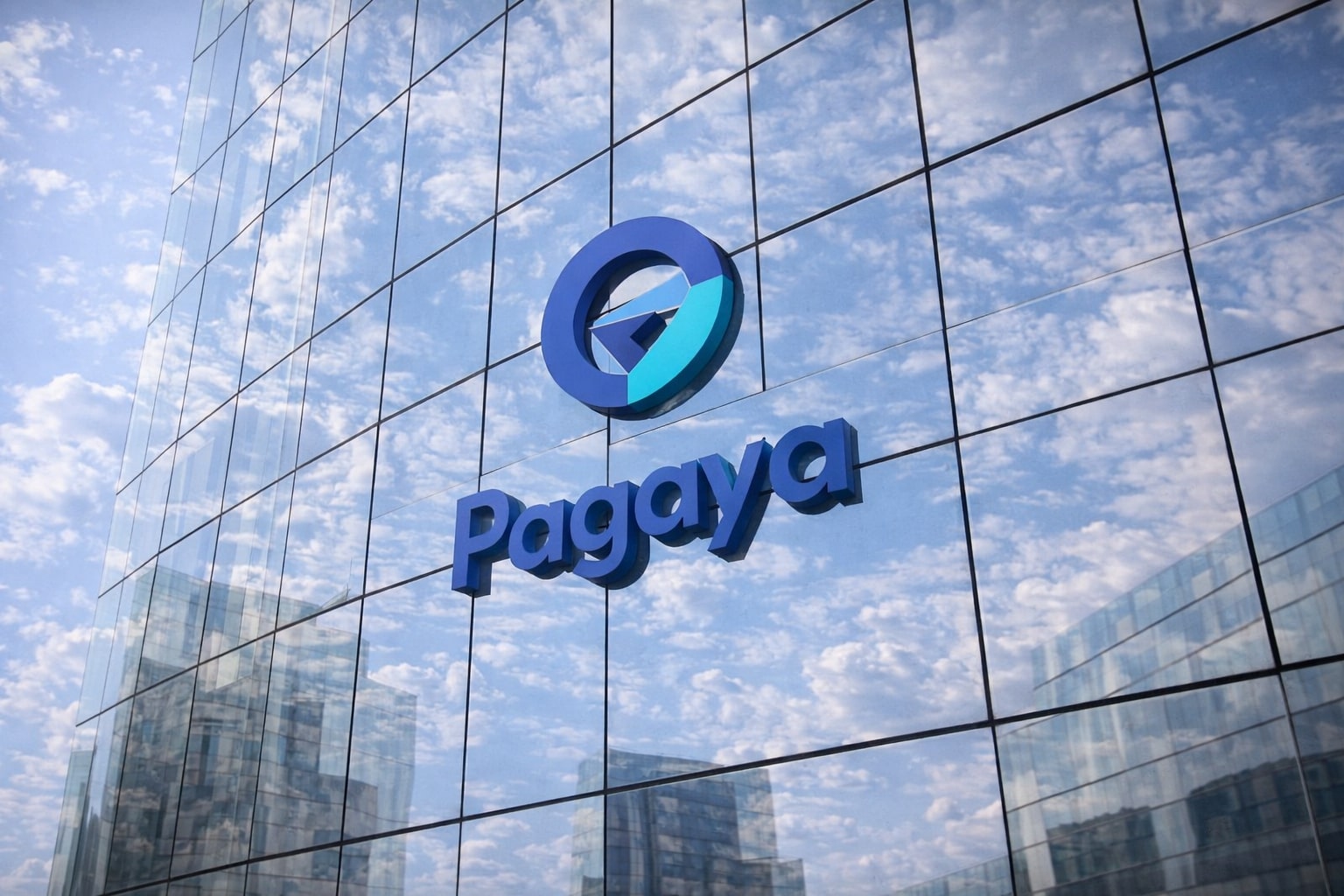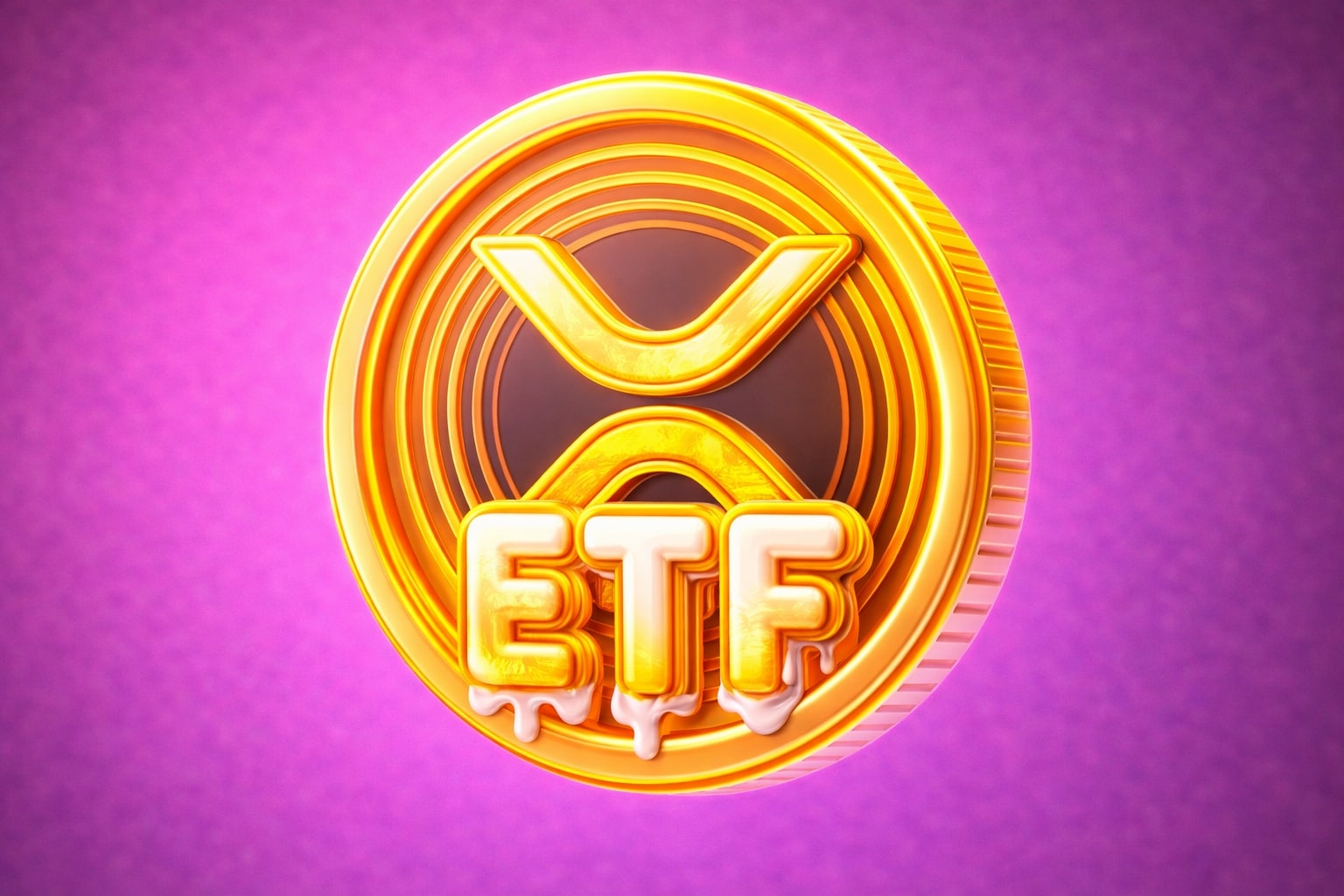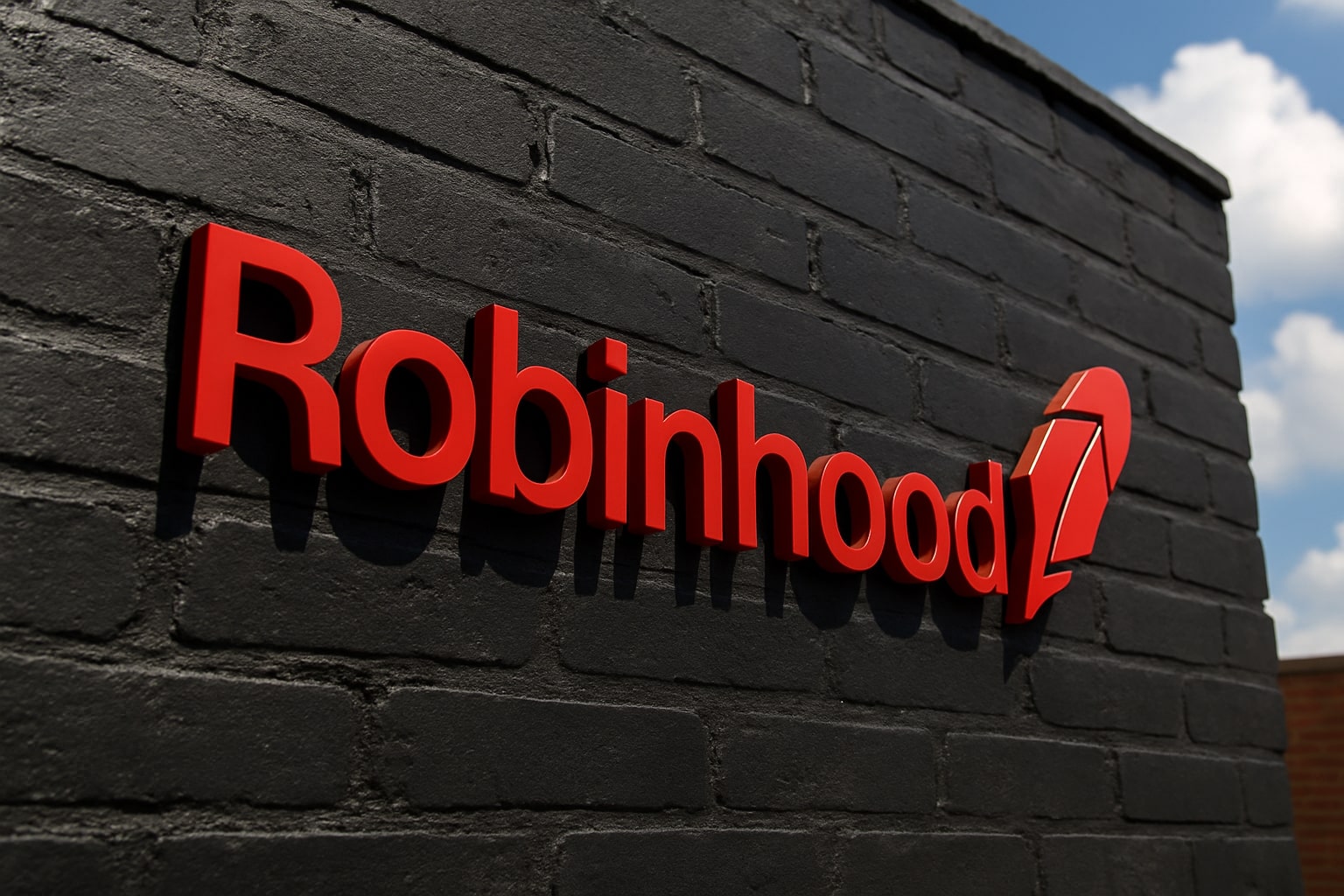
Robinhood Stock Price Forecast - HOOD Surges on S&P 500 Inclusion and BofA Price Target Boost
Bank of America hikes Robinhood’s target to $139 after new product rollouts and $304B platform assets; analysts see upside toward $160 amid fintech momentum | That's TradingNEWS
Robinhood (NASDAQ:HOOD) Surges After S&P 500 Inclusion and Analyst Upgrades
Robinhood Markets Inc. (NASDAQ:HOOD) is trading at $116.21 as of the latest session, slightly down 1.30% on the day, but the stock is still one of the best performers of 2025. Over the last twelve months, HOOD has gained 436.97%, dwarfing the S&P 500’s 17.88% return. Year-to-date, Robinhood is up an extraordinary 211.86%, and over the past three years the return has compounded to 955.41%, cementing its place as one of Wall Street’s fastest-growing fintech stories.
Explosive Financial Performance
The company reported Q2 2025 revenue of $989 million, a 45% year-over-year increase, while net income surged 105% YoY to $386 million. Diluted EPS for the trailing twelve months stands at $1.97, giving Robinhood a P/E ratio of 59.8. Forward estimates project EPS of $1.87 for FY2025 and $2.11 for FY2026, indicating double-digit earnings growth.
Revenue for FY2025 is expected to hit $4.08 billion, with FY2026 consensus pointing toward $4.81 billion. This implies a revenue growth trajectory of 38% in 2025 and another 18% in 2026, keeping Robinhood well ahead of legacy peers in percentage growth terms.
Gross margin stands at an eye-catching 88.35%, while net margin is 50.13%, making Robinhood one of the most profitable fintech platforms at scale. The firm’s return on equity is 23.5%, supported by a strong operating cash flow of $4.56 billion in the trailing twelve months.
Balance Sheet Strength and Leverage
Robinhood ended the quarter with $19.26 billion in cash and equivalents, positioning it with ample liquidity to fund product expansion and market entry. However, debt levels are elevated: total debt stands at $13.01 billion, translating into a debt-to-equity ratio of 161%. While leverage is manageable given profitability, it remains a key risk if growth slows or rates turn higher.
Book value per share is $9.09, compared to the current share price of $116, implying a price-to-book ratio of 12.9x. That premium underscores the market’s willingness to price Robinhood as a high-growth disruptor rather than a traditional broker.
Membership and Platform Assets
Robinhood’s funded accounts ended August at 26.7 million, with Gold membership subscriptions climbing 76% YoY to 3.5 million. Gold users represent a recurring revenue stream, paying for advanced features and trading tools, while also driving higher engagement and transaction revenue.
Total platform assets reached $304 billion in August 2025, up 112% year-over-year. Even with the escheatment of 180,000 low-balance accounts, asset growth illustrates Robinhood’s ability to retain and scale higher-value clients, including a growing cohort of institutional users.
Read More
-
GDX ETF at $88 While Gold Tests $4,400: Are Gold Miners Poised for $100?
19.12.2025 · TradingNEWS ArchiveStocks
-
XRP ETF Boom: XRPI at $10.94 and XRPR at $15.49 as XRP-USD Clings to the $1.80–$1.90 Zone
19.12.2025 · TradingNEWS ArchiveCrypto
-
Natural Gas Price Forecast: NG=F Hovering Near $3.92 As Weather, LNG And Storage Collide
19.12.2025 · TradingNEWS ArchiveCommodities
-
USD/JPY Price Forecast - Dollar to Yen Near 157 as BoJ’s 0.75% Rate Hike Backfires on the Yen
19.12.2025 · TradingNEWS ArchiveForex
Catalysts: S&P 500 Inclusion and New Products
The September announcement that HOOD will replace Caesars Entertainment in the S&P 500 effective September 22 has added a new layer of institutional demand. Passive index funds and ETFs will be required to allocate billions into the stock, creating automatic buy pressure. Historically, index additions produce short-term rallies and long-term valuation support due to broader ownership.
At its second annual Active Trader Summit in Las Vegas, Robinhood unveiled multiple product launches:
-
Robinhood Social for community trading.
-
Short selling capabilities.
-
Extended and overnight index options trading.
-
Multiple account support.
-
AI trading assistant "Cortex".
These features, alongside custody partnerships such as the House of Doge deal with Bitstamp by Robinhood, reinforce the company’s strategy to evolve into a full-spectrum brokerage and fintech ecosystem.
Analyst Ratings and Price Targets
Wall Street sentiment has turned bullish. Bank of America raised its price target to $139 (Buy rating) on September 12, up from $119, citing product momentum and index inclusion. Mizuho reiterated an Outperform with a $145 target, while Bernstein SocGen set a street-high target of $160, highlighting the strategic upside from S&P 500 inclusion. Piper Sandler maintains Overweight with a $120 target.
The consensus 1-year price target is $116.28, essentially in line with the current price, but the skew of upward revisions points to analysts lagging behind Robinhood’s pace of execution. The high-end estimate of $160 suggests 37% upside potential from current levels.
Valuation Premium and Risks
At a Price/Sales multiple of 30x and an EV/EBITDA of 64.8x, Robinhood trades at a valuation more commonly associated with high-growth tech companies rather than financial platforms. This premium leaves little margin for execution missteps.
Risks include:
-
Macro headwinds: A hawkish Fed could dampen trading volumes.
-
Regulatory exposure: Payment for order flow (PFOF), Robinhood’s core revenue driver, remains under scrutiny.
-
Competition: SoFi Technologies (NASDAQ:SOFI), Coinbase (NASDAQ:COIN), and legacy brokers like Interactive Brokers (NASDAQ:IBKR) continue to expand aggressively.
-
High beta (2.36): Volatility is significantly higher than the broader market.
Buy, Sell, or Hold?
Given its 436% one-year rally, $304B platform assets, and entry into the S&P 500, Robinhood is no longer just a retail trading app — it has matured into a fintech powerhouse with institutional traction.
The premium valuation is undeniable, but with analyst targets clustering between $120 and $160 and fundamentals supporting double-digit revenue and EPS growth through 2026, the risk/reward still leans bullish.
Verdict: Buy (speculative) — Robinhood (HOOD) at $116 carries risk due to its stretched multiples, but with institutional flows from S&P 500 inclusion and new product launches accelerating revenue, upside toward $139–$160 remains realistic over the next 12 months.














